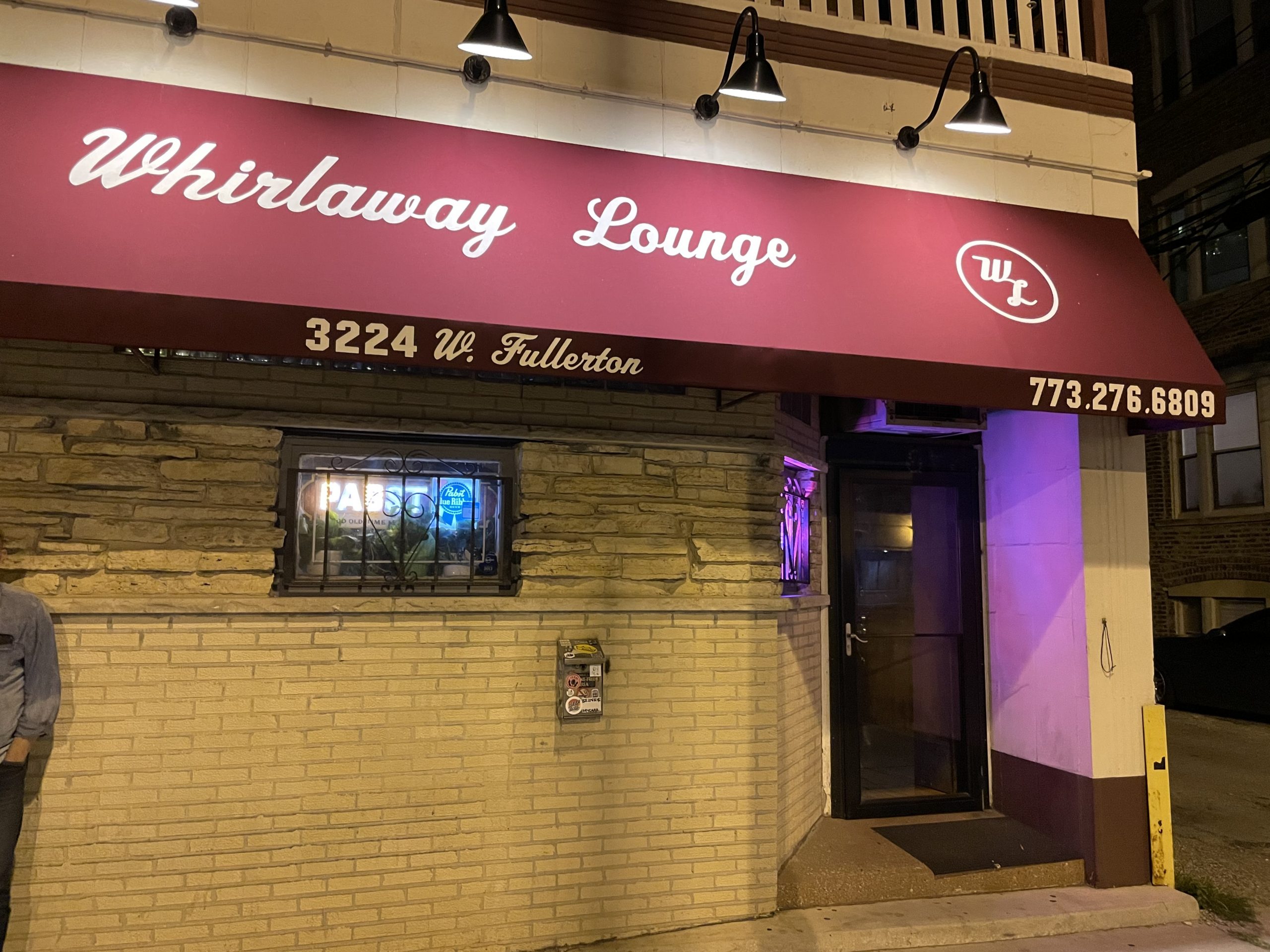Fireside Bowl
Chicago, Illinois

Field Rating
9
out of 10
Grab a pitcher, play a few games, repeat, repeat.
The Basics
2646 W Fullerton AveChicago, IL 60647
Connect
In Short
Field Note
A bowling alley dive bar may just be the most potent convergence possible of all things divey, retro and authentic. Fireside Bowl in Chicago’s Logan Square neighborhood is one such nexus of the dive bar universe, a bowling alley founded in 1941 that houses not only an impeccable bar area but also a deep history that includes roughly a decade of serving as Chicago’s most potent live music venue for pock rock and indie shows.
Fireside Bowl’s life as a bowling alley began in 1941 after the space was converted from an ice factory. Under the ownership of Hank Sophie until 1966, Sophie ultimately sold the business to Rich Lapinski and business partner Alec McGuire. Lapinksi ultimately bought out McGuire in 1971 and passed the business to son Jim in 1990, a Lapinski family legacy that continues today.
Fireside Bowl’s unlikely transformation into the epicenter of Chicago punk rock took place in part because of the city of Chicago’s efforts to claim the building.
Fireside Bowl’s unlikely transformation into the epicenter of Chicago punk rock took place in part because of the city of Chicago’s efforts to claim the building via eminent domain. When plans to do so were circulated in 1993, Jim Lapinski loosened the reins a bit, allowing talent bookers to sell the space. As the eminent domain case went unresolved year after year, Lapinski continued to allow shows to be booked inside Fireside Bowl.
Between 1994 and 2004, live music could be enjoyed at Fireside Bowl as many as eight times a week at $5 a show. Crowds were young, raucous and well over the legal fire capacity of 140 patrons, some reports claiming as many as 1,000 music fans jammed into Fireside Bowl on occasion. Alkaline Trio, AFI and even an early Fall Out Boy iteration played Fireside Bowl during this time period. The lanes and space suffered as a result of the foot traffic with reports of conditions so raw that mushrooms started to grow out of the wooden bowling lanes.
When the city of Chicago ultimately abandoned its eminent domain aims at Fireside Bowl, Jim Lapinski used the opportunity to refocus the space on bowling, ending the venue’s period of punk rock dominance. Sporadic live music shows started again in 2010 but today live acts are extremely rare.
A massive renovation in 2004 cleaned up the space (removing all lane mushrooms, sadly) and today the 16 bowling lanes remain the focus of Fireside Bowl. As a nod to the bowling alley’s long history, old school AccuScore terminals were installed during that 2004 renovation, preserving a bit of vintage flair thanks to the bare bones system popularized in the 1980s as one of the first automated bowling scoring machines.
The Fireside Bowl building itself lives up to its storied reputation, the exterior featuring a massive, unmissable illuminated sign shaped as a bowling pin.
On top of all of that history, the Fireside Bowl building itself lives up to its storied reputation, the exterior featuring a massive, unmissable illuminated sign shaped as a bowling pin inscribed with the word “Bowling.” Large white and red tiles cover the exterior walls and thin windows house a string of neon beer signs, including a number of Miller High Life pieces that hint at the interior décor. Though beer signs of all variety line the bowling alley space, Miller High Life is most prominently represented, including a large banner reading “High Life Lanes.”
But the star of the Fireside Bowl show is no doubt the bar just off the lobby, an immaculate dive bar oasis lined with vintage red stools, a deep collection of bowling trophies and what looks to be an original tin roof. An ancient cash register sits behind the bar amid a sea of illuminated liquor bottles, souvenir beer mugs and multiple rows of plastic baseball & football helmets not unlike the helmets used to serve ice cream at games.
Every inch of the Fireside Bowl bar feels ancient in the best possible way, including the Old Style lamp above the bar’s pool table and the ceramic liquor bottles that line shelving perched just below the bar’s ceiling. The bar itself is long, curved and attractively scuffed up, symptom of many decades of drinking. A pair of doorways open out onto the adjoining bowling alleys, allowing the sounds of the game to waft into the bar, adding to the ambiance.
This is a bowling alley after all, so pitchers are of course encouraged. The tap beer selection fits with the theme here, offering Budweiser, Miller Lite and Miller High Life as options. Though High Life seems to be the favored brand, be sure to catch the Schlitz globe lamp hanging from the ceiling and the Drewerys Extra Dry Beer price board just inside the main bar door.
Related Reviews
Bob Inn
Wood paneling inside and out.
Cole's Bar
Open comedy & music spot.
Whirlaway Lounge
Longshot bet turned dive.

















